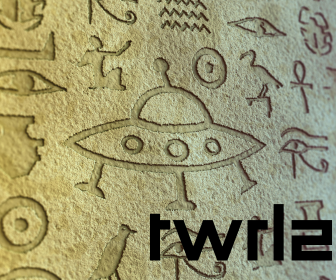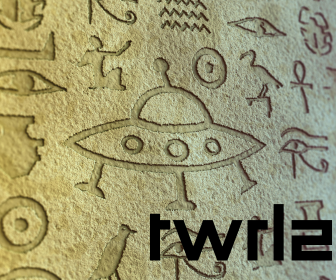CodeSOD: And Config
It's not unusual to store format templates in your application configuration files. I'd argue it's probably a good and wise thing to do. But Phillip inherited a C# application from a developer woh "abandoned" it, and there were some choices in there. Okay, I understand that this field contains URLs, but I don't understand much else about what's going on here. It's unreadable, but also, it has some URLs grouped inside of a [] pair, but others which aren't, and why oh why does the {0} sigil keep showing up so much? Maybe it'll make more sense after we fill in the template? var url = string.Format(xxxUrl, "&", xxxIp, srvUrl, productCode); Oh. It's an "&". Because we're constructing a URL query string, which also seems to contain URLs, which I suspect is going to have some escaping issues, but it's for a query string. At first, I was wondering why they did this, but then I realized: they were avoiding escape characters. By making the ampersand a formatting parameter, they could avoid the need to write & everywhere. Which… I guess this is a solution? Not a good solution, but… a solution. I still don't know why the same URL is stored twice in the string, once surrounded by square brackets and once not, and I don't think I want to know. Only bad things can result from knowing that. [Advertisement] Plan Your .NET 9 Migration with ConfidenceYour journey to .NET 9 is more than just one decision.Avoid migration migraines with the advice in this free guide. Download Free Guide Now!

It's not unusual to store format templates in your application configuration files. I'd argue it's probably a good and wise thing to do. But Phillip inherited a C# application from a developer woh "abandoned" it, and there were some choices in there.
<appSettings>
<add key="xxxurl" value="[http://{1}:7777/pls/xxx/p_pristjek?i_type=MK3000{0}i_ean={3}{0}i_style=http://{2}/Content/{0}i_red=http://{2}/start.aspx/]http://{1}:7777/pls/xxx/p_pristjek?i_type=MK3000{0}i_ean={3}{0}i_style=http://{2}/Content/{0}i_red=http://{2}/start.aspx"/>
appSettings>
Okay, I understand that this field contains URLs, but I don't understand much else about what's going on here. It's unreadable, but also, it has some URLs grouped inside of a [] pair, but others which aren't, and why oh why does the {0} sigil keep showing up so much?
Maybe it'll make more sense after we fill in the template?
var url = string.Format(xxxUrl, "&", xxxIp, srvUrl, productCode);
Oh. It's an "&". Because we're constructing a URL query string, which also seems to contain URLs, which I suspect is going to have some escaping issues, but it's for a query string.
At first, I was wondering why they did this, but then I realized: they were avoiding escape characters. By making the ampersand a formatting parameter, they could avoid the need to write & everywhere. Which… I guess this is a solution?
Not a good solution, but… a solution.
I still don't know why the same URL is stored twice in the string, once surrounded by square brackets and once not, and I don't think I want to know. Only bad things can result from knowing that.
Your journey to .NET 9 is more than just one decision.Avoid migration migraines with the advice in this free guide. Download Free Guide Now!
What's Your Reaction?




































